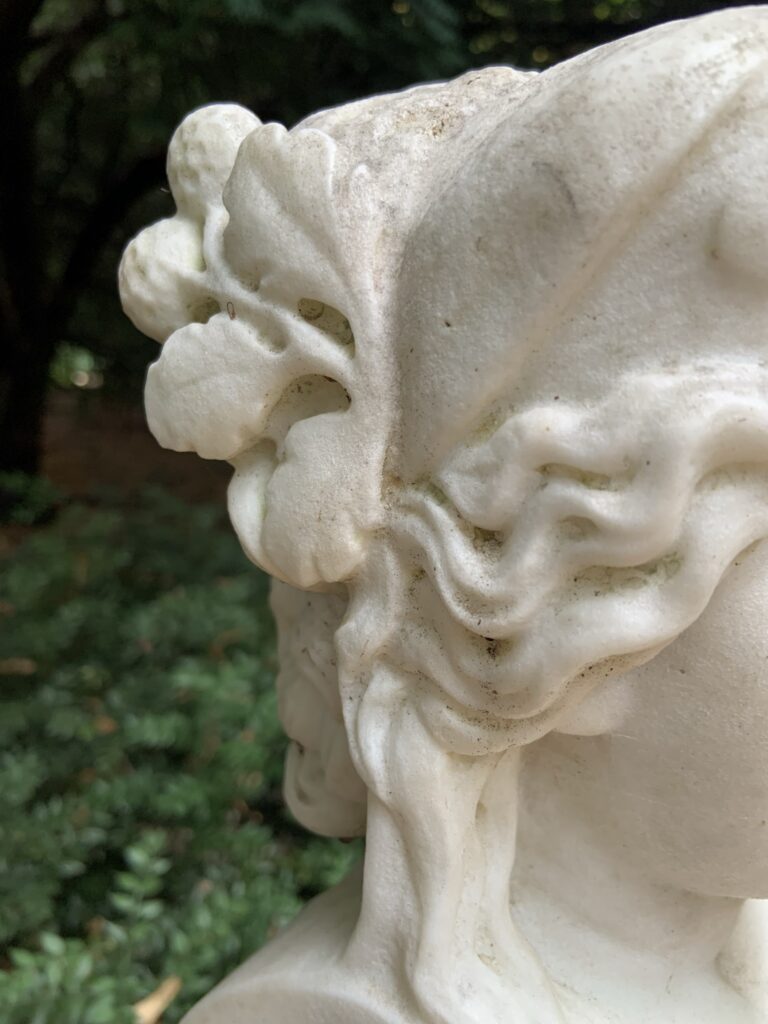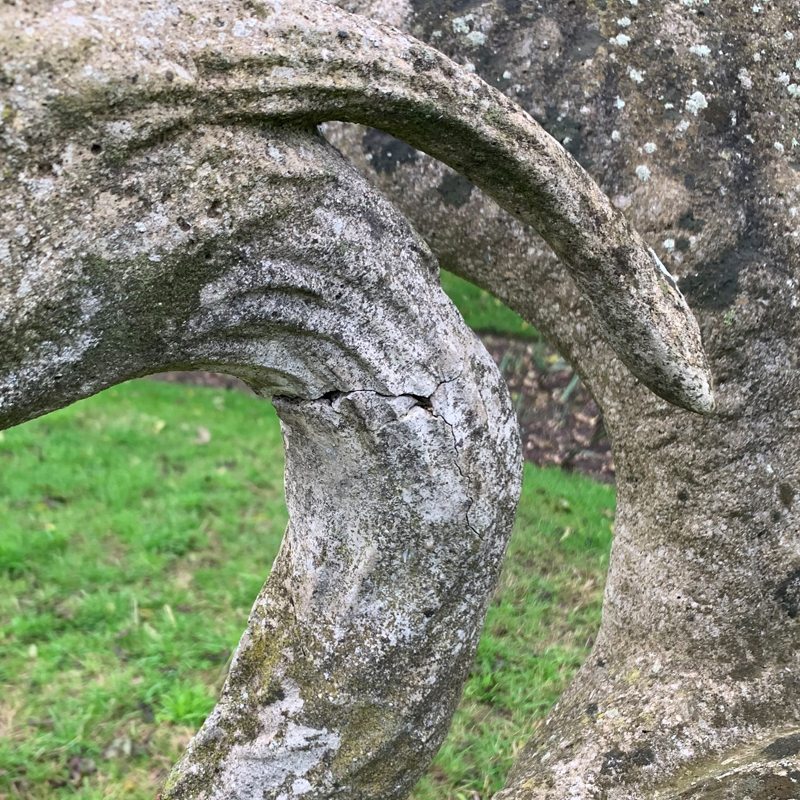How to care for your garden statues
A considered sculpture restoration and conservation strategy is vital for protecting our garden statuary. Outdoor sculpture and decorative stonework are continually exposed to rain, fluctuating temperatures, and corrosive bird droppings. These conditions can speed up what might otherwise be slow natural deterioration, as well as exacerbate any inherent weaknesses.
As custodians of these treasured pieces of art, it is important we carefully manage their upkeep in a bid to slow this deterioration. Ideally this would involve a commissioned conservation condition survey to assess the sculpture and produce a condition report to highlight flaws, weaknesses or areas requiring intervention. Regular checks of stonework as you walk around the garden or grounds is also a good idea as a vigilant scan can flag up problems before they become detrimental.
The most obvious sign of damage are visible cracks in the stone; look out for new cracks and fissures, and keep an eye on existing cracks to see if they have changed: have they got bigger, wider or longer?
Unfortunately, deterioration of stone and marble is exponential. Once moisture penetrates a weak point, such as a crack or a small area of delaminating stone, damage will continue at a faster rate. For example, there might be potential loss of digits on a piece of stonework or fine details such as a beautifully carved nose tip on a sculpture becomes more at risk.
What to do before winter.
Garden urns or decorative planters that have soil contained with insufficient drainage are vulnerable during the winter months. Waterlogged soil in freezing conditions will go through the freeze-thaw cycle causing the stone to cleave and split. So, before winter sets in, it is important to remove soil from urns and decorative planters if possible.
Winter Covers provide the best protection
One of the best ways to protect sculpture and precious masonry during the winter months is to cover them. So, before the temperatures start to fall and frosts threaten, make sure they are well wrapped up. An excellent investment is the Cliveden Conservation Winter Cover which has been designed to provide ultimate protection using a three-layer breathable fabric made specifically to fit your piece.

Cliveden Conservation Winter Cover
A Spring Clean
Once the covers are off, you may want to give your precious sculpture or piece of stonework a bit of a clean, especially if they are on show to the public. Biological growth of algae and lichens is normal, and may gather predominantly on the north side of a sculpture. Although unsightly, this isn’t generally problematic. However, a gentle scrub with water and a natural bristle brush will remove the worst and improve the appearance.
Remember to inspect sculptures and stonework carefully, particularly the surface. Does it look rough, crystalline, sugary, or crazed? Look carefully at the edges of any carving, does it look “nibbled” or is definition being lost to once delicate facial features?

Loss of fine detail through sugaring
If you’re concerned in any way about the condition of your piece, contact a professional conservator for advice.
We would be happy to help.
Get in touch.

